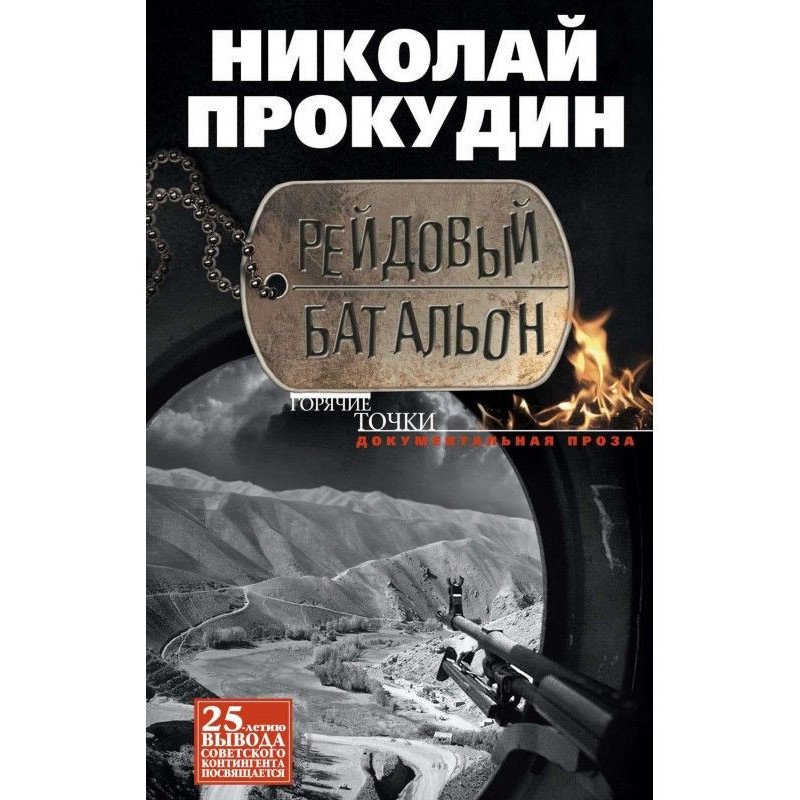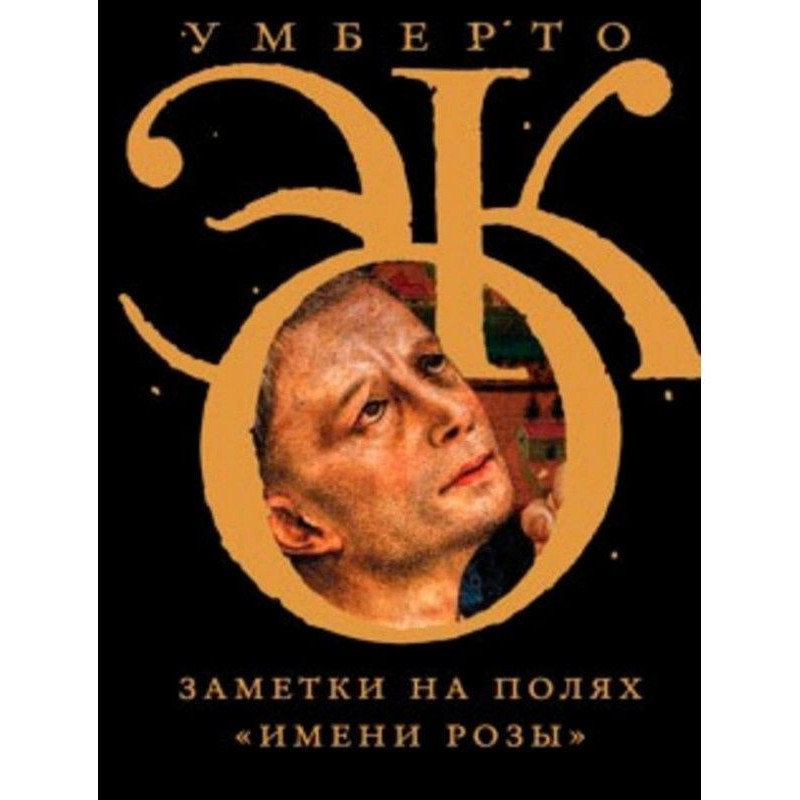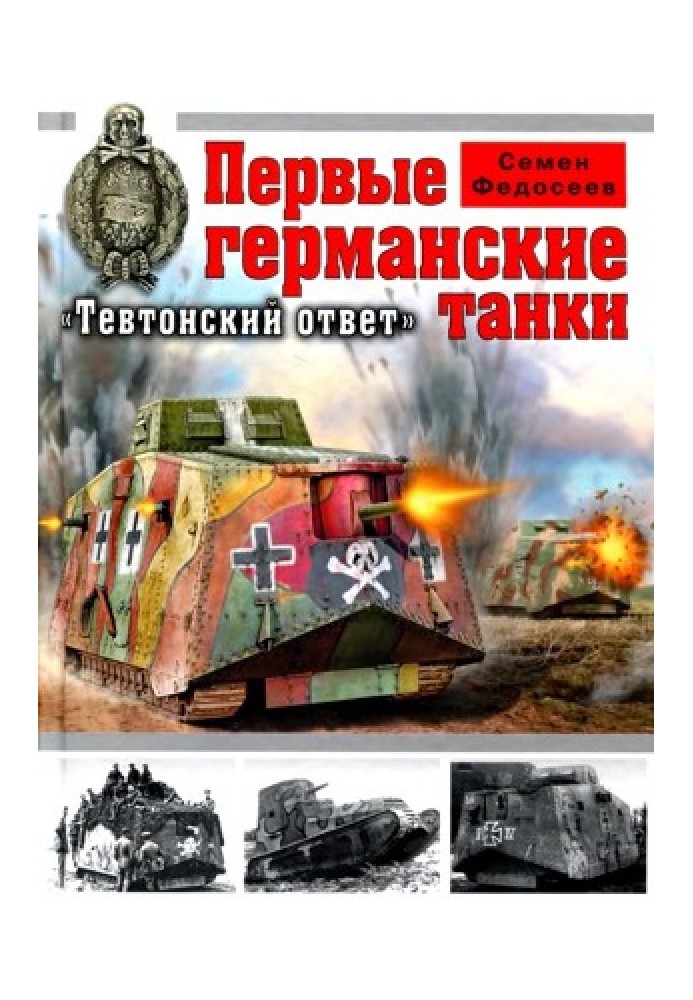The first German tanks. "Teutonic answer"
 Instant download
Instant download
after payment (24/7)
 Wide range of formats
Wide range of formats
(for all gadgets)
 Full book
Full book
(including for Apple and Android)
“Tanks are an absurd fantasy and quackery! The healthy soul of a good German easily fights a stupid machine,” German propaganda repeated after the first collision with British tanks and promised a quick “TEUTONIC REPLY.” However, they had to wait a year and a half, and this delay became fatal for the Germans - in October 1918, a representative of the High Command directly stated in the Reichstag that Germany was losing the war because it could not oppose anything to enemy tanks, used “in huge masses that we did not foresee ".
Catastrophically behind the enemy at the start, overcoming the skepticism of the command, with weak funding, the pioneers of German tank building still managed to put into mass production the fully combat-ready heavy tank A7V, as well as develop several experimental vehicles and a number of promising projects - from the light LK to the heavy assault "Oberschleisen" and the super-heavy 152-ton "K-Wagen" ("Colossal"). However, it was already too late - in the decisive year of 1918, German tankers were able to throw only fifty vehicles into battle (two-thirds of them were captured) against thousands of Entente tanks...
This book restores the true history of the creation of the first “Panzers” and the combat use of "Sturmpanzerkraftwagen Abteilung" ("Assault squads of armored vehicles") at the dawn of the tank era, when each A7V had its own name ("Mephisto", "Siegfried", "Wotan", "Hagen", "Cyclops", "Hercules" , “Old Fritz”, “Elfriede”, etc.), which was written on the armor next to Teutonic crosses and the image of “Adam’s head” (skull and crossbones) - a symbol of readiness for death and immortality of the spirit.
Data sheet
- Name of the Author
- Семён Федосеев Леонидович
- Language
- Russian

























